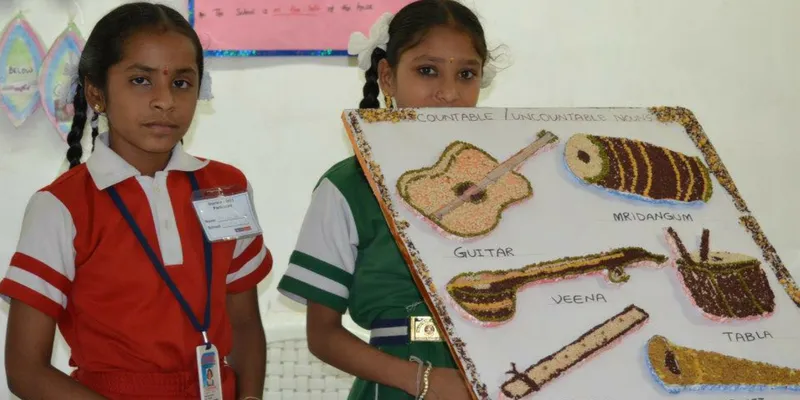Government to move from blackboards to digital boards - Arun Jaitley, Union Budget 2018-19
At the announcement of the Union Budget 2018-19, Finance Minister Arun Jaitley highlighted the government's push towards integrating technology into education.
Jaitley said: "The government is set to increase digital intensity in education. Technology will be the biggest driver in improving quality of education."
He further emphasised the need to 'move away from blackboards to digital boards.'
This year sees a strong push towards digitisation, infrastructure development, and better quality of education. India has traditionally not invested heavily in technology upgradation in the educational sphere and the sector has consistently suffered on account of this. For instance, the whole smart classroom concept is yet to take off, even with the availability of the technology, as teachers are not adequately trained.
In the last budget, the education sector accounted for 9.9 percent of the total budget to Rs 79,685.95 crore. Of this Rs 46,356.25 crore was allocated for schools and the remaining for higher education.

The key announcements proposed by Arun Jaitley in the education sector include:
- The government to increase digital intensity in education.
- The government has proposed Rs 1 lakh crore towards investment towards Research and upgradation of the educational sector.
- By 2022 move towards digital boards from blackboards.
- The government has proposed the opening of Ekalavya Schools for the Scheduled Tribe (ST) population.
- The government will focus on providing Diksha Digital for the BEd teachers programme, to help train teachers and thus focus on better quality of educators.
- The government has proposed that every block that has more than 50 percent of ST population will have Ekalvya schools, which will be at par with the Navodaya Vidyalayas.
- The government has also proposed the establishment of 24 new government medical colleges and hospitals. The government has proposed one medical college for three parliamentary constituencies.
It will be interesting to see, how these schemes and allocations pan out.







